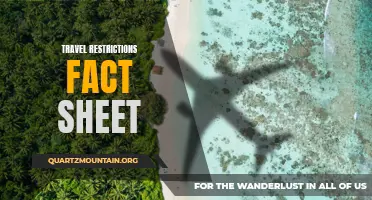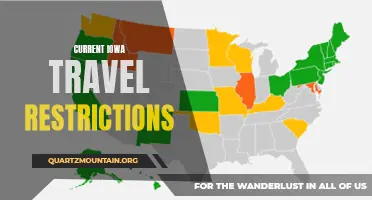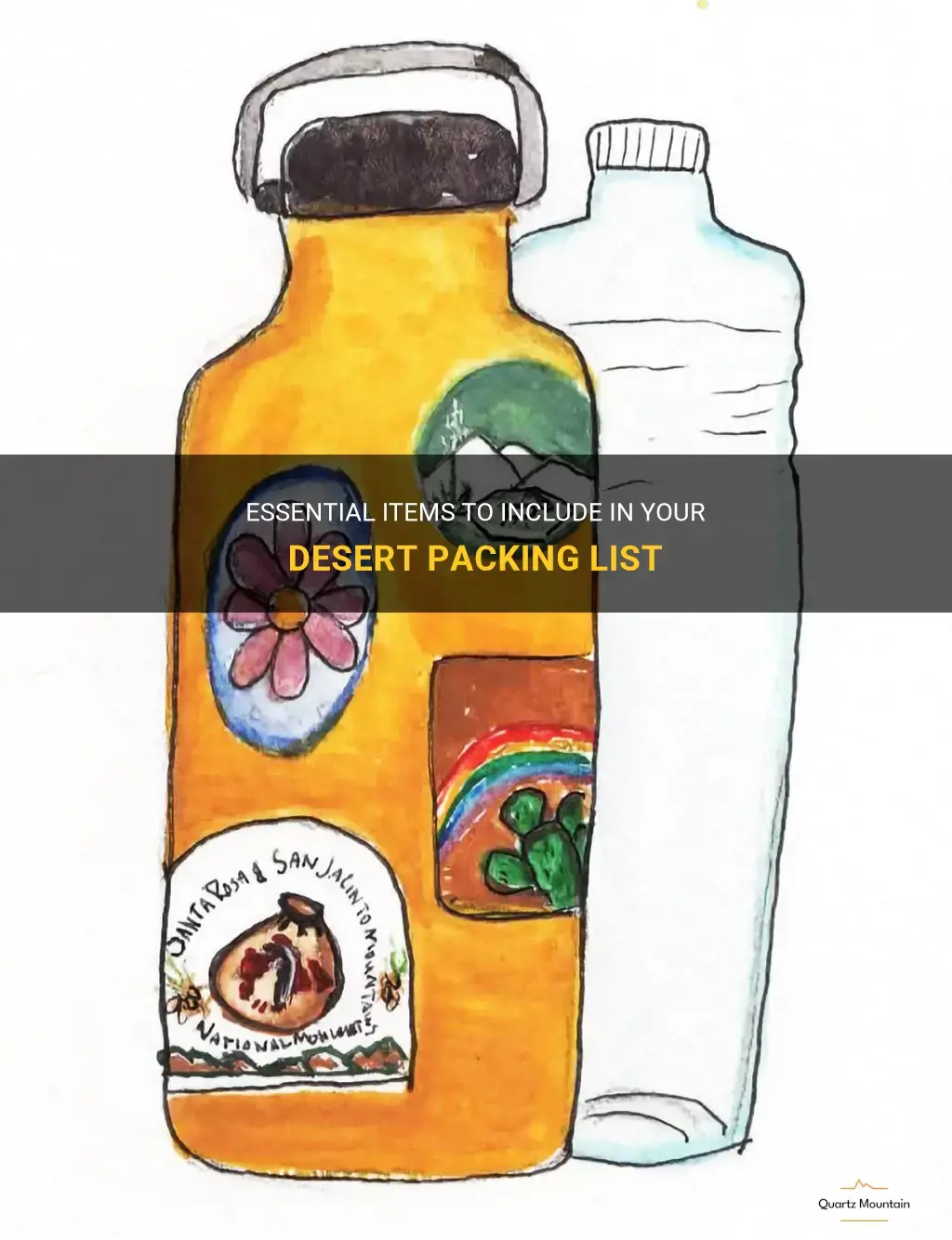
Going on a desert adventure? Don't forget to pack the essentials! Whether you're embarking on a thrilling desert safari or planning a peaceful camping trip in the sand dunes, having the right gear and supplies is crucial. From protective clothing and sunblock to survival tools and water bottles, this desert packing list will ensure that you're prepared for any challenge that comes your way. So, let's dive into the must-have items that will make your desert expedition a memorable and safe one.
| Characteristics | Values |
|---|---|
| Clothing | |
| Water | |
| Sunscreen | |
| Hat | |
| Sunglasses | |
| First Aid Kit | |
| Snacks | |
| Map | |
| Compass | |
| GPS |
What You'll Learn
- What essential items should be packed for a trip to the desert?
- Are there any specific clothing items that should be packed for the desert climate?
- What types of footwear are recommended for exploring the desert?
- What items should be included in a first aid kit for a desert trip?
- Are there any additional items that should be packed for emergencies or unexpected situations in the desert?

What essential items should be packed for a trip to the desert?
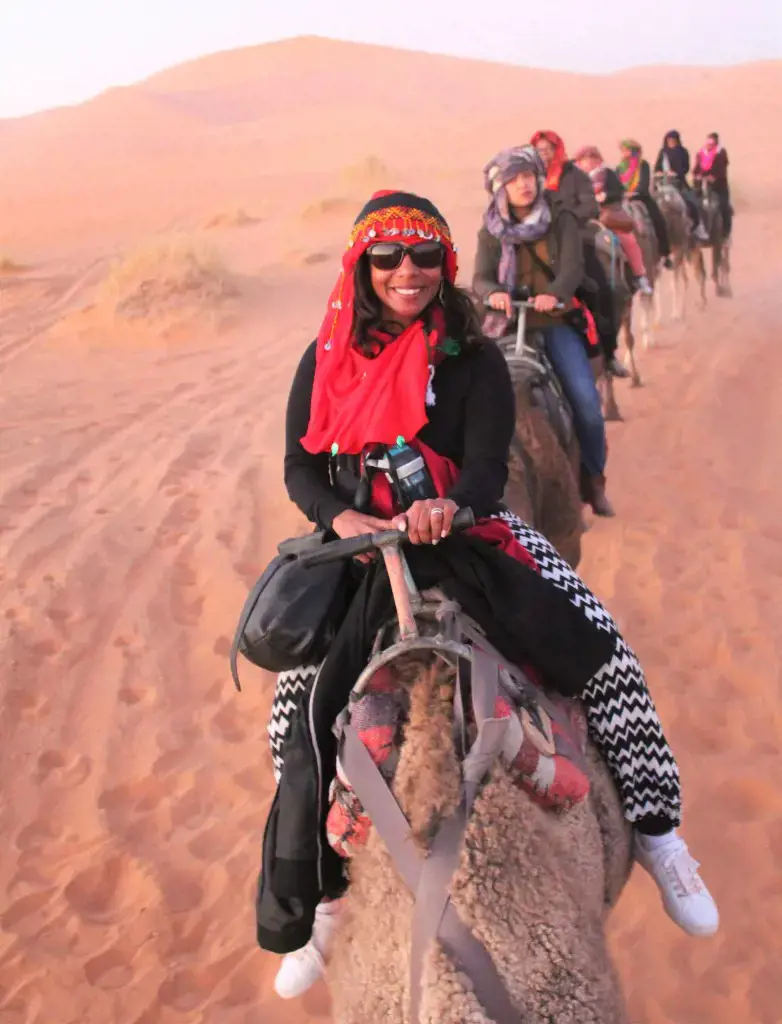
When planning a trip to the desert, it is important to pack essential items that will ensure your safety and comfort in the harsh environment. The desert can be an unpredictable and unforgiving landscape, so it is crucial to be well prepared. Here are some key items that should be packed for a trip to the desert.
- Water: Staying hydrated is one of the most important things to consider when traveling in the desert. The arid climate and high temperatures can quickly lead to dehydration. It is recommended to carry at least one gallon of water per person per day. Additionally, consider packing a water filtration system or purification tablets in case you run out of water.
- Sun protection: The desert is known for its high levels of sun exposure. To protect yourself from harmful UV rays, pack a wide-brimmed hat, sunglasses, and sunscreen with a high SPF. Don't forget to reapply sunscreen regularly, especially if you are participating in outdoor activities.
- Proper clothing: When it comes to clothing, choose lightweight, breathable, and loose-fitting garments. Light-colored clothing can help reflect the sun's rays and keep you cool. It is also important to pack layers as temperatures can vary greatly between day and night in the desert.
- Navigation tools: The desert can be a vast and unfamiliar terrain, so it is essential to have reliable navigation tools. Carry a map and compass or a GPS device to help you find your way. It is also helpful to have a backup method of navigation, such as a whistle or a signaling mirror.
- First aid kit: Accidents can happen anywhere, and being prepared with a well-stocked first aid kit is crucial. Include items such as bandages, antiseptic ointment, pain relievers, insect repellent, and any necessary prescription medications. It is also a good idea to carry a snakebite kit if you are visiting an area known for venomous snakes.
- Shelter: In the desert, the temperature can drop significantly at night, so it's important to have adequate shelter. Bring a tent or a sturdy tarp that can protect you from the wind and sand. A sleeping bag rated for the temperatures you expect to encounter is also essential for a comfortable night's sleep.
- Food: Pack non-perishable and high-energy foods such as granola bars, nuts, dried fruits, and jerky. These foods will provide you with the necessary nutrients and energy to sustain yourself in the desert. It is also a good idea to bring a portable camping stove and cooking utensils if you plan on preparing meals during your trip.
- Communication devices: Having a reliable means of communication is vital in case of emergencies. Ensure you have a fully charged cell phone and a portable charger. Additionally, consider bringing a two-way radio or a satellite phone if you are traveling to a remote area with limited cell service.
Remember to research and understand the specific requirements and conditions of the desert you plan to visit. Each desert has its own unique challenges and it is essential to be prepared for them. By packing these essential items, you can have a safe and enjoyable trip to the desert. Stay prepared, take necessary precautions, and enjoy the breathtaking beauty of the desert while respecting its inherent dangers.
Essential Items to Pack for Your Havasupai Falls Hike
You may want to see also

Are there any specific clothing items that should be packed for the desert climate?
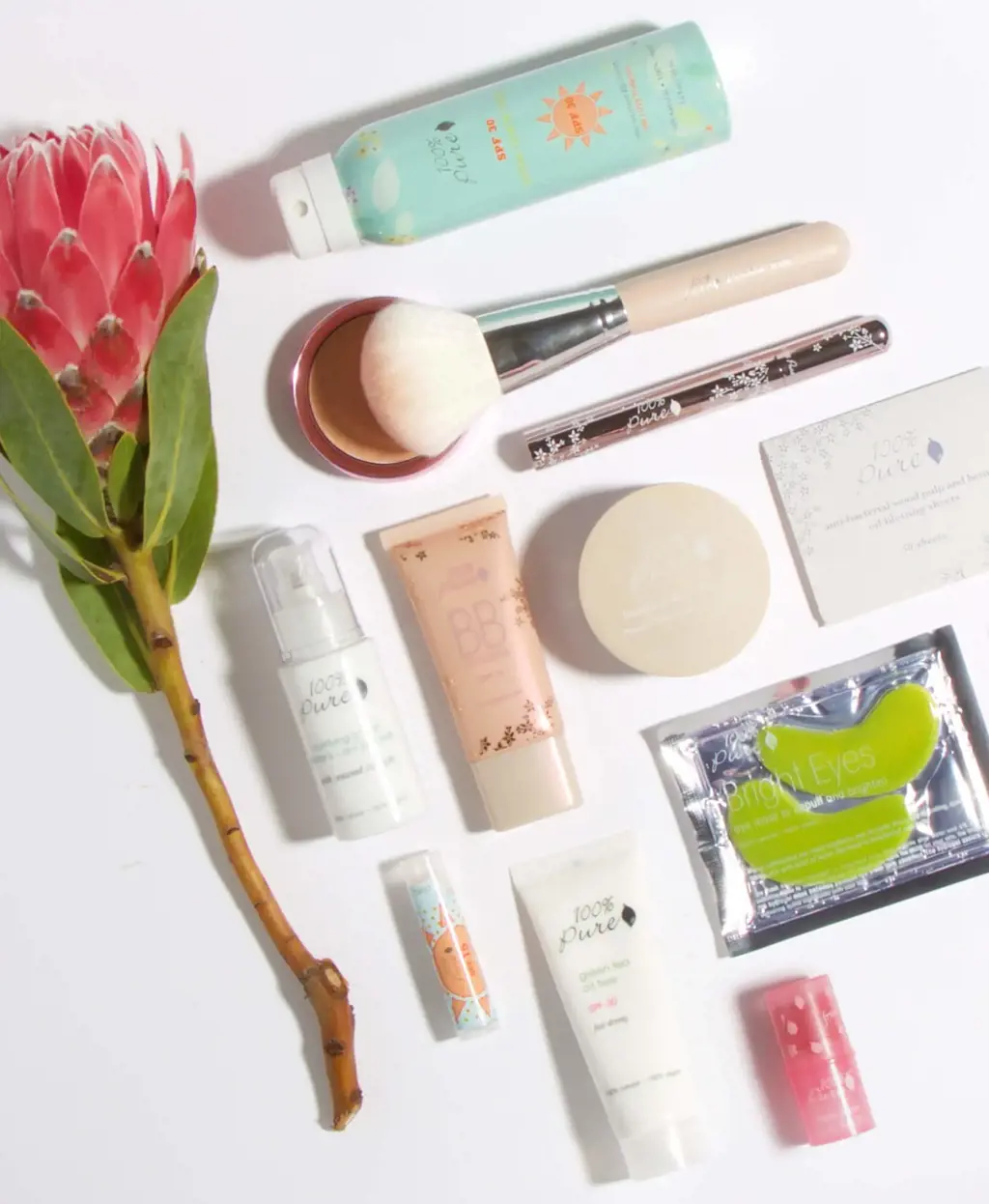
When preparing for a trip to a desert climate, it is important to pack clothing items that will help you stay comfortable and protected from the harsh elements. The desert climate often brings high temperatures during the day and cold temperatures at night, along with strong winds and low humidity. Here are some specific clothing items that you should consider packing for a trip to the desert:
- Lightweight, breathable clothing: It is essential to pack lightweight and loose-fitting clothing made from breathable materials such as cotton or linen. These fabrics allow air to circulate around your body, keeping you cool and reducing the risk of heat-related illnesses such as heatstroke.
- Long-sleeved shirts and pants: While it may seem counterintuitive to wear long sleeves and pants in a hot climate, they can actually provide protection against the sun's harmful rays and prevent sunburn. Look for clothing made from lightweight and moisture-wicking fabrics that provide UPF (Ultraviolet Protection Factor) ratings for added sun protection.
- Wide-brimmed hat: A wide-brimmed hat is a must-have item for a desert trip. It provides shade for your face, neck, and shoulders, helping to prevent sunburn and heatstroke. Opt for a hat with a breathable material like straw or fabric, and ensure it has a wide enough brim to shield your face from direct sunlight.
- Sunglasses: Protect your eyes from the intense desert sun by packing a pair of sunglasses that offer 100% UV protection. Look for sunglasses with a wraparound design to shield your eyes from all angles and minimize the amount of dust and sand that can get into your eyes.
- Lightweight jacket or sweater: Although desert temperatures can be scorching during the day, they can drop significantly at night. It is advisable to pack a lightweight jacket or sweater to keep you warm during cooler evenings. Choose a jacket made from a breathable fabric that can be easily layered over your daytime clothing.
- Desert boots or closed-toe shoes: A sturdy pair of desert boots or closed-toe shoes are essential for exploring the desert terrain. They provide protection for your feet against rocks, thorns, and hot sand. Look for breathable footwear with good traction to prevent slips and falls on uneven surfaces.
- Moisture-wicking socks: Opt for moisture-wicking socks made from synthetic materials such as polyester or nylon. These socks are designed to draw moisture away from your feet, keeping them dry and reducing the risk of blisters. Avoid wearing cotton socks as they tend to retain moisture and can lead to discomfort and foot problems.
Remember to pack enough clothing items to last throughout your trip, as laundry facilities may not be readily available in desert areas. Also, consider the duration of your trip and the specific activities you will be engaging in to ensure you have the appropriate clothing for all occasions. By packing the right clothing items, you can stay comfortable and protected in the desert climate.
Essential Items to Pack for an Unforgettable Vacation in Playa del Carmen
You may want to see also

What types of footwear are recommended for exploring the desert?
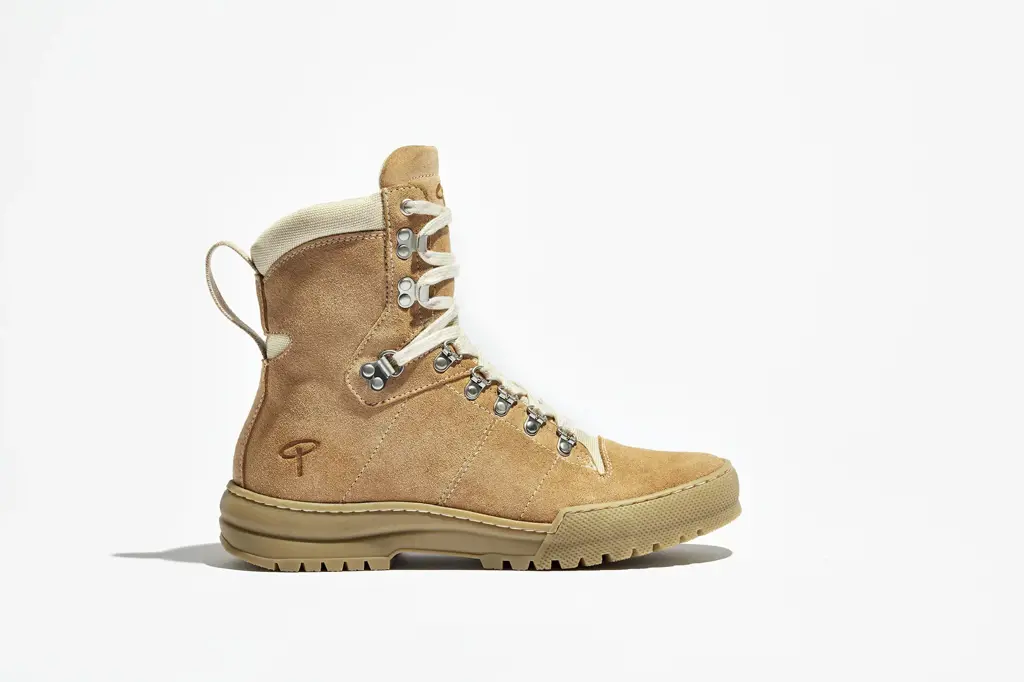
Exploring the desert can be an exciting and adventurous experience, but it's important to have the right footwear to ensure your comfort and safety. The desert terrain can be unpredictable, with rough and uneven surfaces, as well as extreme temperatures. Therefore, it's crucial to choose footwear that can protect your feet from these conditions.
When it comes to desert exploration, there are a few types of footwear that are highly recommended:
- Hiking Boots: Hiking boots are a popular choice for desert exploration due to their sturdy construction and ankle support. Look for boots that are made of durable materials, such as leather or synthetic uppers, and have thick rubber soles for grip and protection. Hiking boots also provide ample cushioning for comfort during long walks in the desert.
- Sandals: For less technical hikes or walks in the desert, sandals can be a suitable option. Look for sandals that have adjustable straps for a secure fit and rugged soles with good traction. Avoid sandals with open toes, as they may not provide adequate protection from rocks and cacti. Opt for closed-toe or hiking sandals for better foot coverage and protection.
- Desert Boots: As the name suggests, desert boots are specifically designed for desert conditions. They are lightweight, breathable, and often have excellent traction. Desert boots are made with materials that can withstand the heat and rough terrain, such as suede or canvas uppers. Some desert boots also have features like water resistance and quick-drying capabilities, which can be beneficial if you encounter any water sources during your exploration.
Regardless of the footwear you choose, there are a few key factors to consider:
- Breathability: The desert can get scorching hot, so it's important to choose footwear that allows your feet to breathe. Look for shoes with mesh or perforated panels for ventilation.
- Ankle Support: Opt for shoes that provide ankle support, especially if you plan on tackling uneven or rocky terrains. This support will help prevent sprains and provide stability.
- Durability: Since desert conditions can be harsh, it's crucial to choose footwear that can withstand the elements. Look for shoes with sturdy construction and high-quality materials that can hold up against the rugged terrain.
- Fit: Proper fit is essential to prevent blisters and discomfort during your desert exploration. Make sure to try on your footwear and ensure there is enough room for your toes to wiggle without being too loose.
- Sun Protection: Don't forget about sun protection! Consider wearing socks that provide UV protection or applying sunscreen to your feet to prevent sunburn.
In addition to choosing the right footwear, it's also important to break them in before embarking on a desert adventure. This will help prevent blisters and ensure your shoes are comfortable for the long haul. Wear your chosen footwear around the house or on short walks to allow them to mold to the shape of your feet.
To sum up, when exploring the desert, it's recommended to wear hiking boots, sandals, or desert boots depending on the terrain and level of difficulty. Remember to prioritize factors such as breathability, ankle support, durability, proper fit, and sun protection. With the right footwear, you can fully enjoy and safely navigate the wonders of the desert.
Essential Items to Pack for Your Next Travel Nurse Assignment
You may want to see also

What items should be included in a first aid kit for a desert trip?
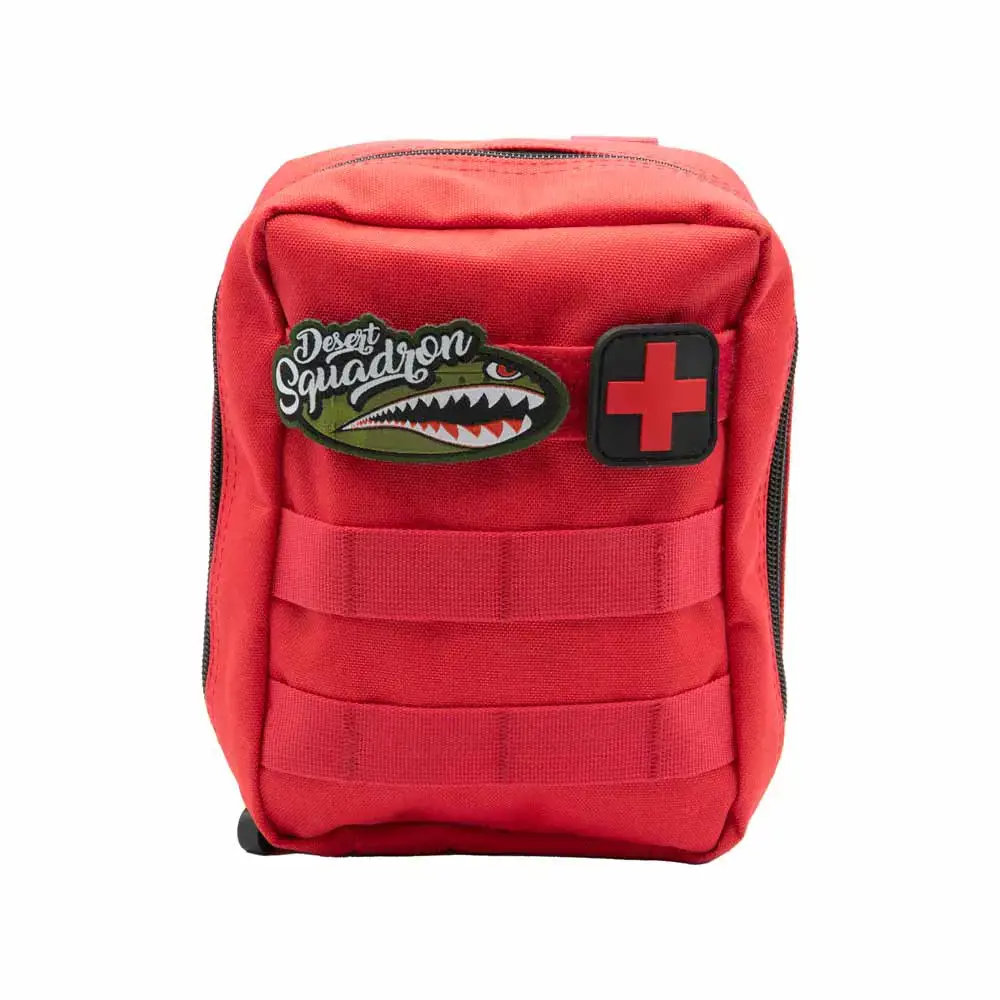
A desert trip can be an exciting and adventurous experience, but it is important to be prepared for any emergency situations that may arise. One essential item to have on hand is a well-equipped first aid kit. When venturing into the desert, it is crucial to have a first aid kit that is tailored to the unique challenges and dangers posed by this environment.
Here are some key items that should be included in a first aid kit for a desert trip:
- Water: The most essential item to have in a desert first aid kit is water. Dehydration is a common risk in desert environments, so it is important to carry an ample supply of water to rehydrate yourself in case of emergencies.
- Sunscreen: The desert sun can be intensely harsh, so it is crucial to protect your skin from sunburn and damage. Choose a sunscreen with a high SPF and broad-spectrum protection to shield yourself from the harmful UV rays.
- Aloe Vera Gel: In case someone does get sunburned, it is useful to have aloe vera gel available. Aloe vera has soothing and cooling properties that can provide relief to sunburned skin.
- Bandages and adhesive strips: Minor cuts and scrapes can still occur in the desert, so it is important to have a variety of bandages and adhesive strips in your first aid kit. These can be used to cover and protect wounds from infection.
- Antiseptic solution: Another important item to include in a desert first aid kit is an antiseptic solution. This can be used to clean wounds and prevent infection.
- Tweezers: The desert is home to various thorny plants and insects, so it is useful to have a pair of tweezers in your first aid kit. These can be used to remove splinters, thorns, or insect stingers from the skin.
- Pain relievers: Headaches and general body aches are common in dry and hot desert conditions. Including pain relievers such as acetaminophen or ibuprofen can help alleviate discomfort.
- Electrolyte powder: In addition to water, it is important to replenish electrolytes when spending time in the desert. Including electrolyte powder in your first aid kit can help prevent dehydration and maintain proper hydration levels.
- Ace bandage: Sprains and twisted ankles can happen, especially in uneven desert terrain. Having an ace bandage in your first aid kit can provide support and help stabilize injured limbs.
- Emergency contact information: It is important to have a list of emergency contact numbers in your first aid kit. This can include local authorities, emergency services, and the contact information of nearby medical facilities.
Remember, while having a well-stocked first aid kit is important, it is equally crucial to have knowledge of first aid procedures. Consider taking a basic first aid course or familiarizing yourself with common first aid techniques to ensure you are prepared to handle any emergencies that may arise during your desert trip.
In conclusion, a well-equipped first aid kit is an essential item to have when embarking on a desert trip. By including items such as water, sunscreen, bandages, antiseptic solution, tweezers, pain relievers, electrolyte powder, ace bandage, and emergency contact information, you can be better prepared to handle emergencies and minor injuries that may occur in the demanding desert environment.
The Ultimate Guide To Packing for California in December
You may want to see also

Are there any additional items that should be packed for emergencies or unexpected situations in the desert?
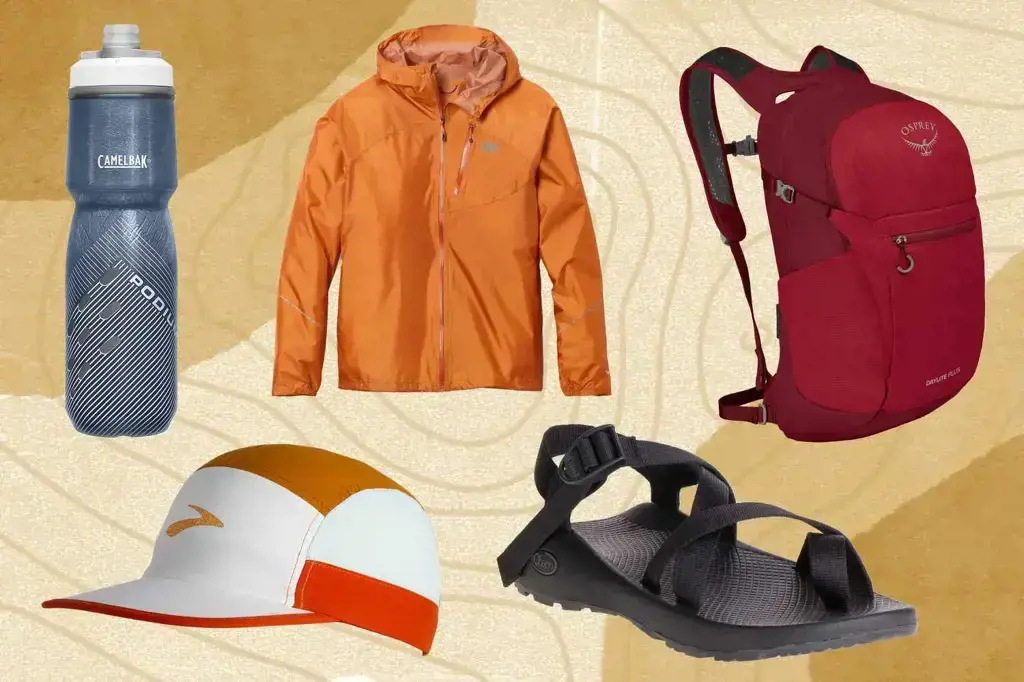
When venturing into the desert, it is important to always be prepared for emergencies or unexpected situations. The desert environment can be harsh and unforgiving, and being well-equipped can make a crucial difference in such circumstances. Here are some additional items that should be packed for emergencies or unexpected situations in the desert:
- Navigation tools: While GPS devices or smartphones can be valuable tools in the desert, they may not always be reliable due to weak signals or battery issues. It is essential to carry a map and compass as backup navigation tools. Familiarize yourself with the use of a compass before your trip, and ensure that you have a detailed map of the area you will be exploring.
- Shelter: A sturdy and lightweight tent or tarp should be included in your pack. In the event of extreme heat or sudden storms, having a shelter can provide protection from the elements. Choose a shelter that is easy to set up and tear down, and consider bringing extra stakes and guy lines for added stability.
- Extra water: The desert is a dehydrating environment, and it is crucial to always have enough water on hand. In addition to the recommended amount for daily consumption, pack extra water in case of unexpected delays or emergencies. It is advised to carry at least one gallon (3.8 liters) of water per person per day. Consider using water storage containers that are durable and lightweight.
- Emergency signaling devices: In case of an emergency, it is important to have a way to signal for help. Include items such as a whistle, a signal mirror, and a bright-colored signaling flag in your kit. These lightweight devices can attract attention from potential rescuers and increase your chances of being located quickly.
- First aid kit: Accidents and injuries can occur even in the most well-prepared expeditions. Pack a comprehensive first aid kit that includes bandages, antiseptic ointment, pain relievers, blister prevention, and other necessary medical supplies. Be sure to familiarize yourself with the use of each item before your trip.
- Extra food: Just like water, it is important to have ample food in case of an emergency or unexpected delays. Pack energy bars, dried fruits, nuts, or other lightweight and high-calorie options. These foods can provide the necessary sustenance during unexpected situations until help arrives or you can find a way to reach civilization.
- Fire-starting tools: Fire can provide warmth, protection, and a means to signal for help. Pack waterproof matches, a lighter, or other fire-starting tools, along with fuel such as cotton balls soaked in petroleum jelly or commercially available fire starters. Ensure that you understand safe fire-building practices and the regulations for fires in the area where you will be camping.
- Personal locator beacon: Consider investing in a personal locator beacon (PLB). These devices use satellite technology to transmit a distress signal to search and rescue authorities. PLBs can greatly increase your chances of being located quickly and are a valuable asset in emergencies.
In any outdoor adventure, it is essential to prioritize safety and to be prepared for the unexpected. While the above items can significantly enhance your preparedness in the desert, it is also crucial to research and be aware of the specific challenges and risks you may encounter in the area you plan to explore. Consult with local authorities or experienced adventurers to gather additional insights and recommendations for your specific desert destination.
Essential Packing List for a Magical June Trip to Disney World
You may want to see also
Frequently asked questions
When packing for a desert trip, it is important to bring lightweight and loose-fitting clothing. Opt for breathable fabrics such as cotton or linen to help keep you cool in the hot desert temperatures. Long-sleeved shirts and pants can also provide protection from the sun and help prevent sunburn.
When it comes to footwear for a desert trip, it is essential to have sturdy, closed-toe shoes or boots. Sandals and flip-flops are not recommended as they do not provide enough protection for your feet. Look for footwear with good traction to help prevent slips and falls on sandy or rocky terrain.
It is crucial to bring a high SPF sunscreen when visiting the desert. Look for a broad-spectrum sunscreen with at least SPF 30 to protect your skin from harmful UV rays. It is also beneficial to choose a water-resistant sunscreen, as you may sweat more in the desert heat. Don't forget to reapply sunscreen every two hours, or more frequently if you are swimming or sweating heavily.
Yes, there are a few essential items you should pack for a desert trip. Some of these items include a hat to protect your face and scalp from the sun, sunglasses to protect your eyes from the harsh desert glare, a reusable water bottle to stay hydrated, a first aid kit for any emergencies, and a backpack or daypack to carry your belongings while exploring the desert. It is also a good idea to bring a map or GPS device, as getting lost in the desert can be dangerous.


